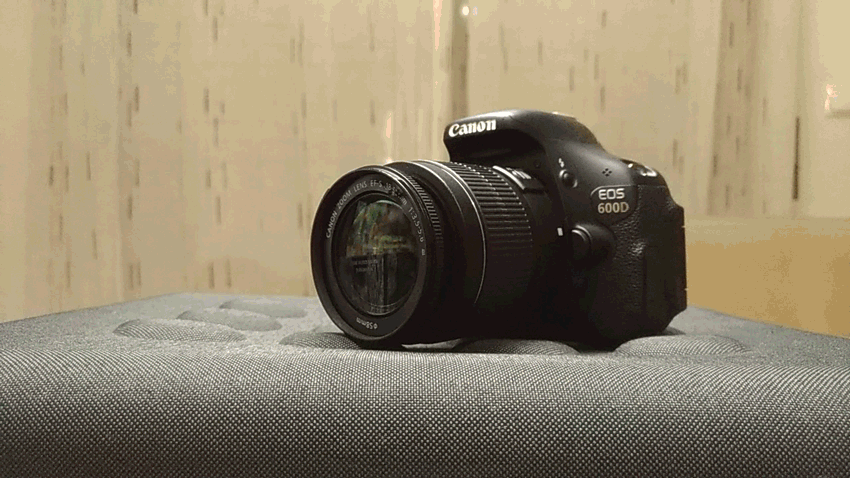
Hi there everyone :)
Step into the tiny worlds that often escape the naked eye, in this exclusive Hive article, we dive into the art and wonder of macro photography.
The images from this macro photography session feature a shell as the central object, whose appearance explicitly reveals the action of time and natural elements. The background, softly blurred and composed of abstract contrasts in neutral white and gray tones, creates a balanced and serene visual atmosphere that highlights the object without distracting it from the context. This aesthetic choice contributes to a clear and concentrated reading of the texture and shapes that define the piece.
The shell, visibly worn and dried out, displays a surface deeply marked by imperfections and fissures, becoming a direct testimony to natural erosion. The texture is extremely rough and irregular, with areas of marked roughness that reflect the prolonged impact of water, wind and time. Small sediments are embedded in the surface, external traces that, although they do not belong to the original structure, are visually integrated into the composition, enriching it and suggesting a fusion between organic and mineral matter.
The color palette is dominated by shades of white, punctuated by subtle toasted notes that add warmth and contrast to the composition. This combination of tones reinforces the sensation of fragility and wear, but also highlights the intrinsic beauty of the object, whose simplicity allows for a more sensorial and contemplative reading.
Let me share the visual result of this session:













Among the numerous techniques available for macro photography, this method is arguably the most cost-effective and efficient for individuals possessing a camera with a removable lens. By simply detaching the lens and reversing its direction, and employing an inversion ring, the process becomes more manageable and streamlined.
Procedures
- Environment Preparation:
Assembling the macro photography set in a controlled environment, minimizing the presence of dust and ensuring a clean and white surface for positioning the subject. - Section Positioning:
Placing the subject in position that highlight the unique characteristics, using appropriate supports to keep the example stable. - Lighting Adjustment:
Setting the LED lights to provide uniform illumination, adjusting the intensity and angle of the lights to eliminate unwanted shadows. - Image Capture:
Taking multiple shots with variations in aperture settings, shutter speed and capture angle, exploring different perspectives and compositions. - Image Review:
Immediate analysis of images captured on the camera's viewfinder to ensure that all desired details were captured sharply and clearly. - Post-Production Editing:
Importing images into editing software (Adobe Photoshop CS) to adjust brightness, contrast, sharpness and remove any imperfections.
To finish, i leave you with some considerations regarding these photo sessions:
Exploring small-scale subjects through macro photography opens a fascinating realm where the tiniest details take on remarkable significance. By delving into the fine structures of these miniature forms, one begins to uncover a kind of beauty that often escapes casual observation. Each photograph becomes a record of a transient instant, revealing the intricate complexity concealed within nature’s smallest elements. What defines macro photography is precisely this capacity to transform the ordinary into the extraordinary, presenting an intimate perspective that both engages and captivates the viewer.
The session is closed for today.
Hope you like it :)

These photos weren't taken with a tripod
Camera - Canon EOS 600D
Lens - EFS 18-55mm
Location - Portugal


See you soon
Thank you for watching
Never forget
The price of anything is the amount of life you trade for it.
Time is life... value yours, make every fraction worth it.